How Chinese wines are making a splash
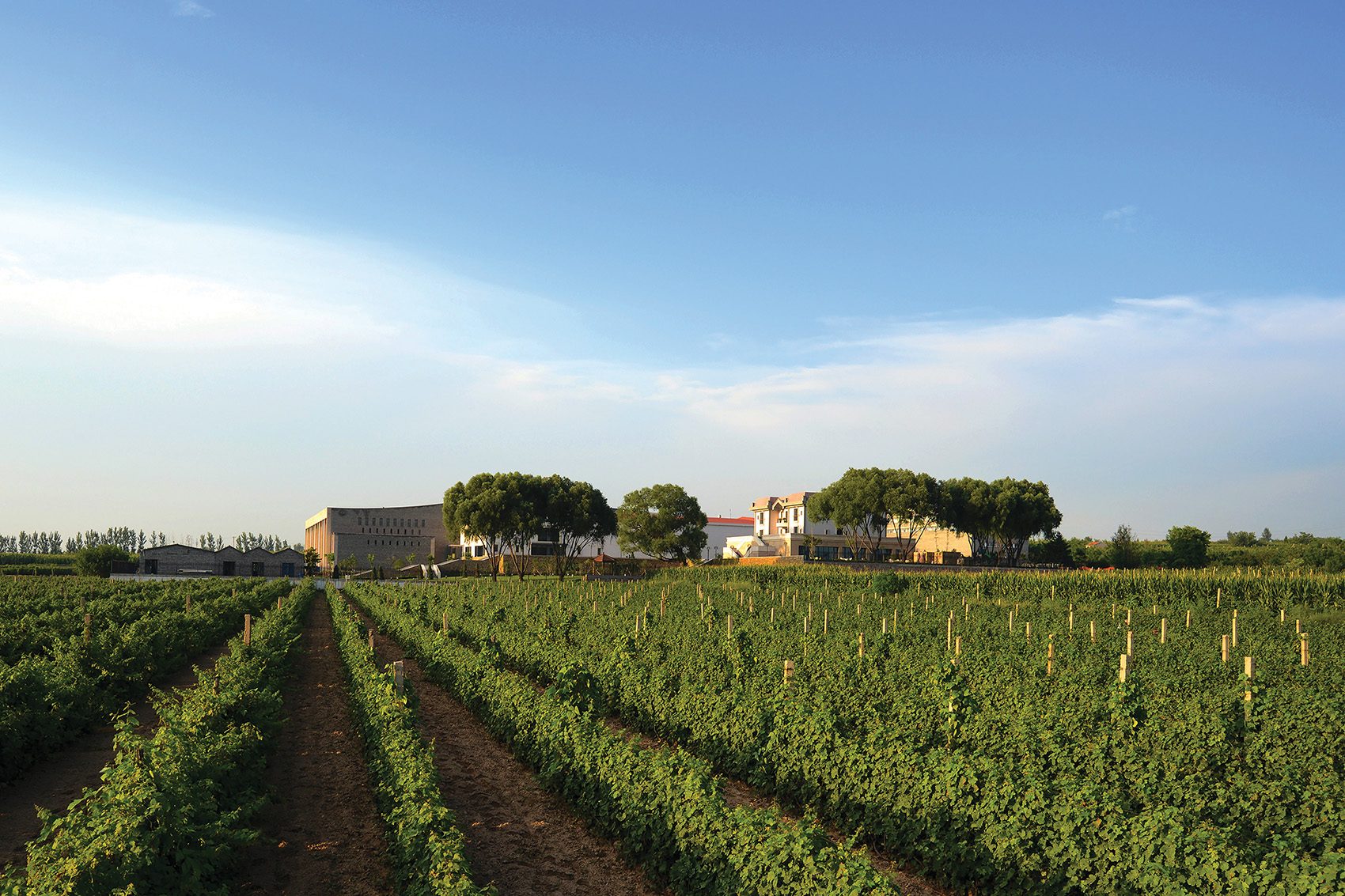
A meal at high-end Chinese restaurants used to be served with huangjiu rice wine or the formidable baijiu sorghum spirit. But at any top Chinese restaurant these days, you’ll be greeted with a world-class wine list – featuring a curated selection of the Chinese Mainland’s top home-grown wines.
China has a long tradition of wine production, dating back to the Han dynasty (206 BC–220 AD). But it’s only been in the last two decades that China’s wine industry has really taken off, as vines and wines have matured.
Traditionally, the regions of Shandong and Xinjiang have dominated China’s wine narrative, but now Ningxia, Shanxi, Yunnan and Hebei are all major wine regions, each with their own unique terroirs, from the continental extremes of inland areas to the humid summers of coastal zones.
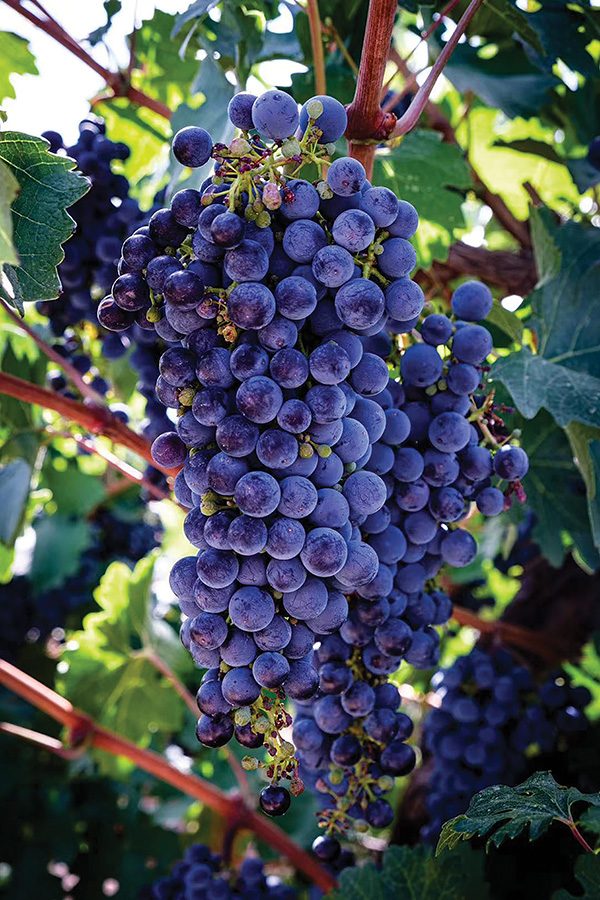

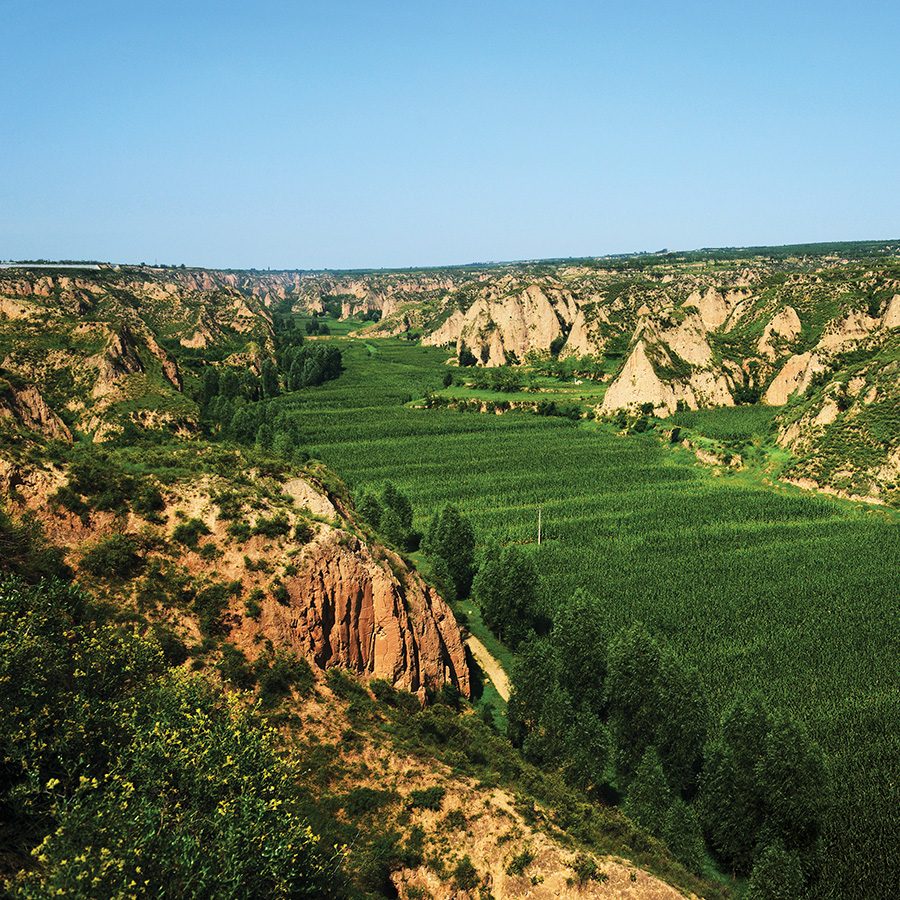
Grace Vineyard is a pioneering wine estate founded in 1997 by Chan Chun-keung in Shanxi province. “The idea for Grace Vineyard was sparked by a French business acquaintance of my father’s, who suggested he open a winery in France,” says Judy Chan, CEO at Grace. “But he saw an opportunity in his homeland and opted to establish the vineyard in China instead, envisioning a market eager for premium Chinese wines.”
Since taking over the winery from her father in 2002, Chan has transformed Grace into China’s premier boutique winemaker. In 2009, Grace Vineyard’s flagship wine Deep Blue 2008 was selected by Cathay Pacific as the first Chinese wine available in First class and Business.
“It was a bold move for Cathay Pacific,” says Chan. “At the time, our wine wasn’t a popular choice, as the market wasn’t quite ready for Chinese wine. Now the response would be very different, as the market has evolved.”
Elsewhere in the country, Helan Mountain in Ningxia has also seen an increase in boutique wineries. An outstanding example is the Helan Qingxue Vineyard, founded by a trio of Chinese industry veterans. In 2011, the winery’s Jia Bei Lan Grand Reserve 2009 won the highest honour at the industry-topping Decanter World Wine Awards: a landmark moment for Chinese wine.
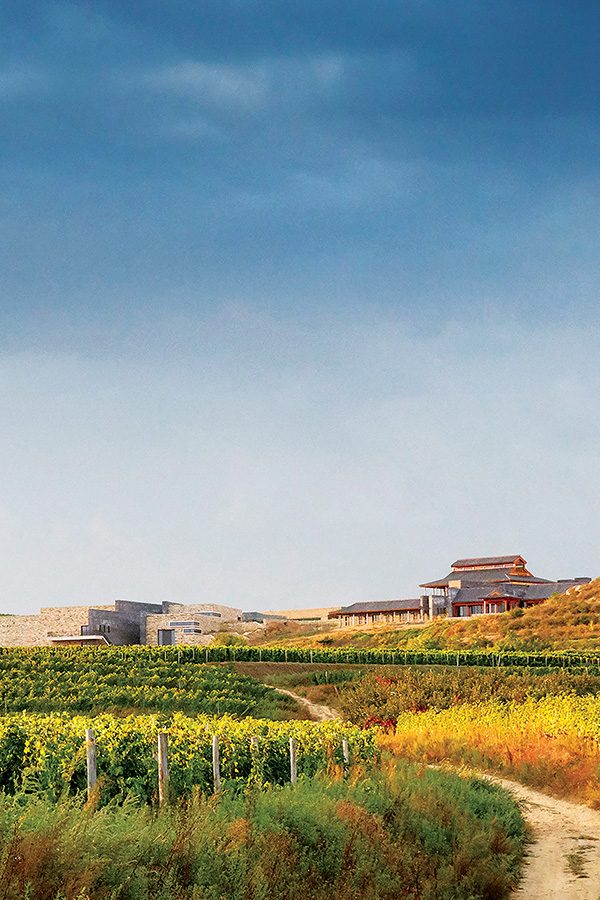


Investments by global players have also contributed to China’s ascension: the LVMH-backed Ao Yun in Yunnan, and Domaines Barons de Rothschild (Lafite)’s Long Dai in Shandong have both made a splash in the market.
“The winemaking knowledge and equipment used by the Chinese wineries are all world-class,” says Alexandre Ma, a Bordeaux-based Chinese wine educator and critic. “What’s needed now is time for the producers to further understand the terroir as they make more vintages.”
Ma encourages wine lovers to explore beyond safe Bordeaux blends to embrace Chinese grape varieties such as cabernet gernischt and marselan. He says, “These varietals are mutated or hybrid clones from well-known varieties like cabernet sauvignon and grenache. They have adapted well in China and are starting to show their unique characteristics.”
He also recommends those who are keen to learn more about Chinese wine to go directly to the source. “Wine is a cultural product,” he says. “To truly understand it, plan a trip to visit the wineries. Regions such as Ningxia are opening up to wine tourism and are inviting visitors to come and discover more.”
The moment is ripe to sample what China’s top winemakers have to offer.
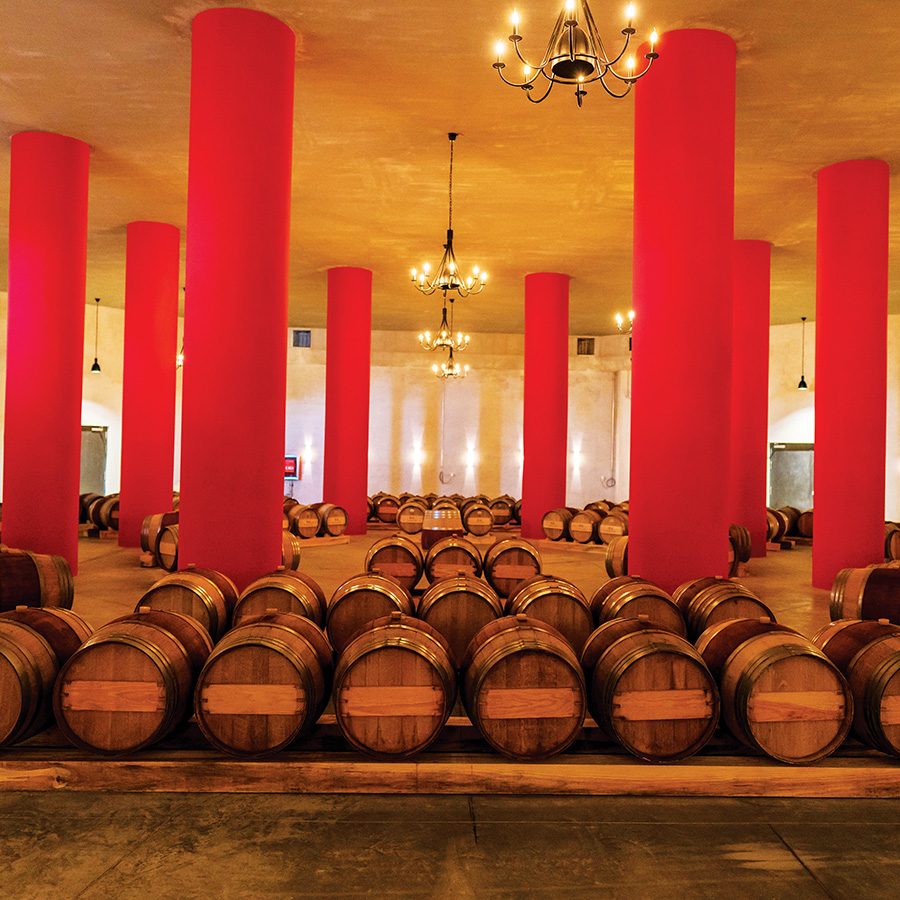
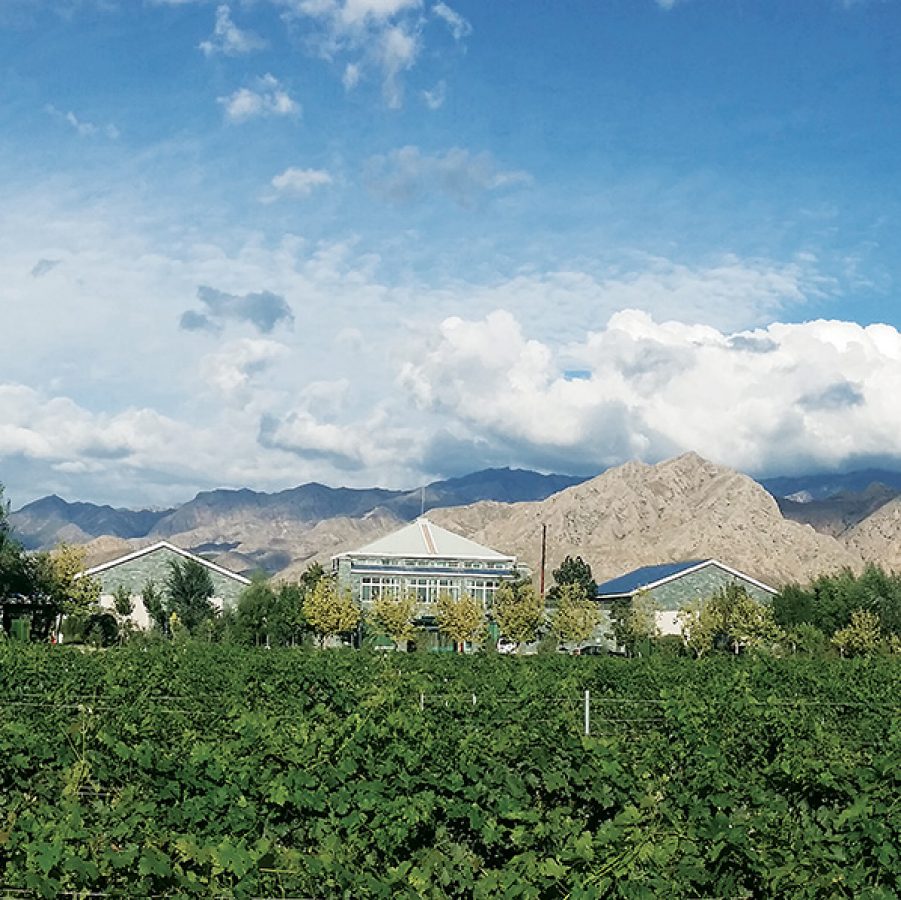
How wines from colder regions of China are made
Growers in northern cold areas like Ningxia and Shanxi follow ancient viticultural techniques, such as burying the vines in winter to protect them from harsh temperatures as low as -30°C – a labour-intensive technique that puts wine prices on a par with French vintages.
More inspiration
- China – the Chinese Mainland, Hong Kong SAR, Macao SAR and Taiwan Region
- Hong Kong SAR - English
- Chinese Mainland (China) - English
- Taiwan China - English
- 香港特別行政區 - 繁體中文
- 中国內地 - 简体中文
- 中國台灣 - 繁體中文
- Africa
- South Africa - English
- Asia
- Bangladesh - English
- Korea - English
- Singapore - English
- Cambodia - English
- 한국 - 한국어
- Sri Lanka - English
- India - English
- Malaysia - English
- Thailand - English
- Indonesia - English
- Maldives - English
- ประเทศไทย - ภาษาไทย
- Indonesia - Bahasa Indonesia
- Myanmar - English
- Vietnam - English
- Japan - English
- Nepal - English
- Việt Nam - tiếng Việt
- 日本 - 日本語
- Philippines - English
- Australasia
- Australia - English
- New Zealand - English




.renditionimage.450.450.jpg)

